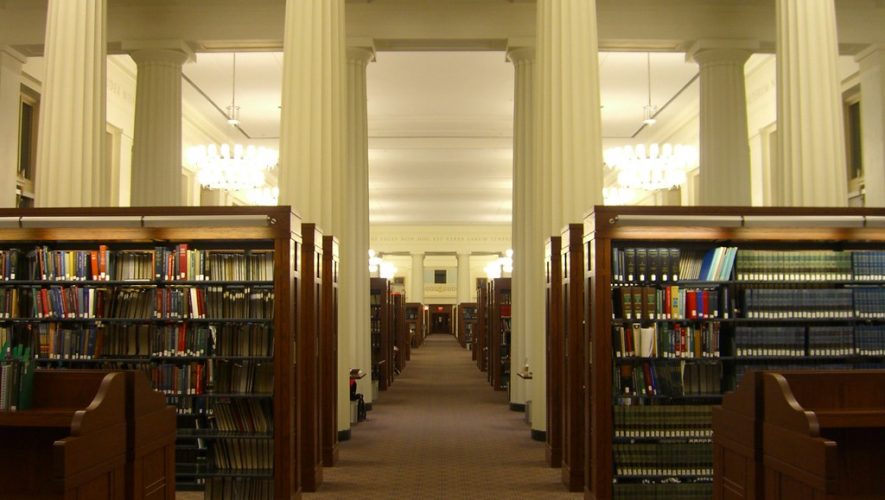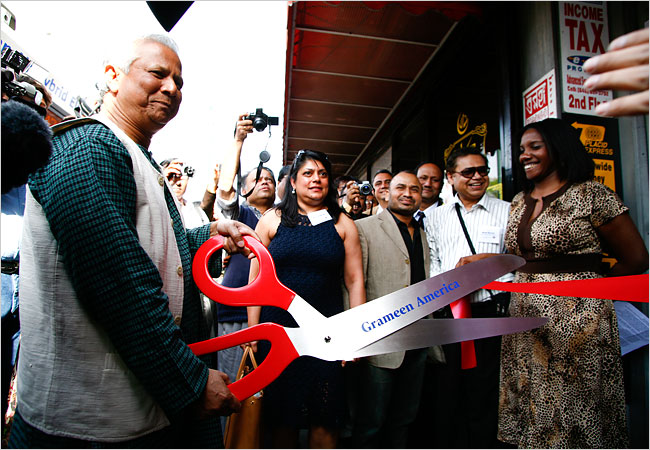Upon fictional character Elle Woods’s acceptance to Harvard law, she asks “What, like it’s hard?”
Although the girl-boss icon from the 2001 film Legally Blonde is an inspiration for many, the law school application process is far from easy and laden with financial barriers.
The admissions process makes it incredibly difficult for low-income students—who are disproportionately students of color—to apply. This is not a revelation; but I say it as an upper-middle-class White woman struggling to pay all the fees.
The typical law school application package contains a test score, undergraduate transcript, and application fee. The transcript must pass through the Credential Assembly System (CAS), a law school reporting system that provides schools with information about your grades and undergraduate institution, and includes your letters of recommendation. Each school additionally requires a personal statement that is usually two pages long, and some allow for diversity statements, addendums, and additional essays explaining character and fitness problems (such as a criminal record or problems at school) or your particular interest in a school. The time required to complete each of these components disadvantages low income persons, who are more likely to have other commitments like part-time jobs and lack time to work on creating the polished application many law school admissions teams seek.
The first step in becoming a Juris Doctor applicant is typically studying for and taking the Law School Admission Test (LSAT). The general view of law school admissions is that your “stats” (your undergraduate GPA and LSAT score) play the most significant role in your admissions chances, because they supposedly speak to your ability to succeed in law school. Therefore, a considerable amount of time and energy is usually put into the LSAT process.
Signing up for an LSAT costs $200 each time. That does not include the option to get a score preview after your first test—which costs $48—or the costs of the textbooks, tutors, and courses that many students use to get the highest score possible. Those who opt to self-study through books and released practice tests can spend around $100 on study materials alone. Some students may need extra help or be unable to self-study. For them, taking a class could cost $500 to $1000, or as much as $100 an hour for private tutoring. Even still, some people retake the LSAT two or the maximum of three times to achieve their highest score, with 43 percent of test attempts in the 2018-19 cycle coming from retakers. Those taking the test three times are spending $600 just to get a score for one aspect of their application.
The ability to study for the LSAT is a privilege, and that shines through in average test scores. The average LSAT score for White and Asian test-takers is 153 out of 180, while Latino and Black testers receive 146 and 142 respectively. This discrepancy is usually attributed to the cost and time consuming nature of LSAT preparation.
The next step is to pay the Law School Admission Council (LSAC) an initial $195 to compile your transcripts, letters of recommendation, and LSAT scores in the CAS, and then send your applications out to schools. Each time LSAC sends the report, it charges an additional $45. Admissions consultants advise students to apply to between nine and fifteen schools, and many individual schools have application fees beyond the LSAC charge, typically between $75 and $85. Even if you have terrific scores and the schools you are applying to waive all of their application fees, applying to ten law schools still costs around $700 from the CAS alone.
LSAC only waives fees in cases of “extreme need,” such as having no income and no financial support from family. The process of obtaining a fee waiver is long and more stringent than that of typical financial aid, requiring detailed financial documents to prove extreme need. For some, work and lack of money make this a difficult task; students and those with full-time jobs, even those paying minimum wage, are unlikely to receive LSAC fee waivers. In the United States, Black and Hispanic people are disproportionately overrepresented in the low income population, creating a racial disparity in who has the resources to apply to law schools.
In addition to the financial barriers of applying, there is also the difficulty of navigating the landscape without the necessary research and knowledge. If you know people who have applied to law school or have the time to read about all of the tricks of the application process, you get an edge on everyone else in your cycle. Lack of connections and resources—which are more likely to burden applicants of color—can hinder one’s acceptance rate. For example, most deadlines for law school applications are in March, but it is known in the law school admissions world that the earlier one applies, the better. The pool shrinks as time goes on, with offers diminishing the closer you get to the deadline. In the 2017-18 cycle, 43 percent of Black applicants were applying in March for much fewer spots, compared to 29 percent of White applicants.
All of this culminates in situations where Black law school applicants are shut out, such as in the 2016-17 cycle in which only 51 percent of Black applicants received an offer of admission, compared to the 79 percent of White applicants who matriculated that cycle.
Some groups across the country are attempting to surmount the barriers. For example, the University of Baltimore’s law school recruits Black undergraduates by educating Maryland students at historically Black colleges and universities about the application process, introducing them to attorneys, helping with LSAT studying, and awarding full-tuition scholarships. In California, the Legal Education Access Pipeline (LEAP) helps unprepared prospective law school applicants. First-generation, minority, LGBTQ+, and other underrepresented students can win a fellowship with LSAT prep, mentoring services, and application workshops.
Schools cling to the use of the LSAT as a predictor of law school success and bar passage, though the ability to study full time influences both factors. This leads to lower success rates for students that must work during the first year of law school or while studying for the bar exam. While one solution would be increased access to programs such as LEAP, some have also proposed a more holistic and inclusive review process. For example, a student with a lower LSAT and GPA who has had to work through college and is a first-generation student should not be rejected solely based on their numbers. As AccessLex director Aaron N. Taylor puts it, the current system of evaluating applicants numerically “rewards privilege under the guise of meritocracy.”
The legal field remains one of the least diverse in the United States. 83 percent of those employed in a legal profession and 86 percent of lawyers are White. Like any profession serving the public, lawyers should provide as many perspectives as possible to best represent those they serve. Diversifying perspectives in a firm allows for issues to be thought about differently, benefiting those to whom they provide their services.
Additionally, politicians are often former lawyers pushing for legislative changes. Law’s wealth and Whiteness contributes to systemic oppression. Namely, in many areas of the criminal justice system, race and poverty lead to disproportionately negative outcomes affecting Black and brown Americans, such as mass incarceration, drug laws, high bail, police impunity, and inadequate defense in trials for those who cannot afford it. The noble goal of lawyers should be to fight for equality and justice, reforming these issues and creating a more level playing field. Without diversity that represents different communities, explicit and implicit biases can be exacerbated and inhibit this goal.
Even still, if one makes it through the financial and systemic barriers to get into law school, graduate, and pass the bar, why would they choose a lower-paying public interest job such as public defense? Why would those who struggled to finance law school decide to take longer paying off their debt just to represent more diverse clients, and those struggling themselves?
Though it may seem like a niche issue, barriers to law school affect justice and power and should be recognized as such. For many individuals, starting a legal career is not only “hard,” but impossible.



